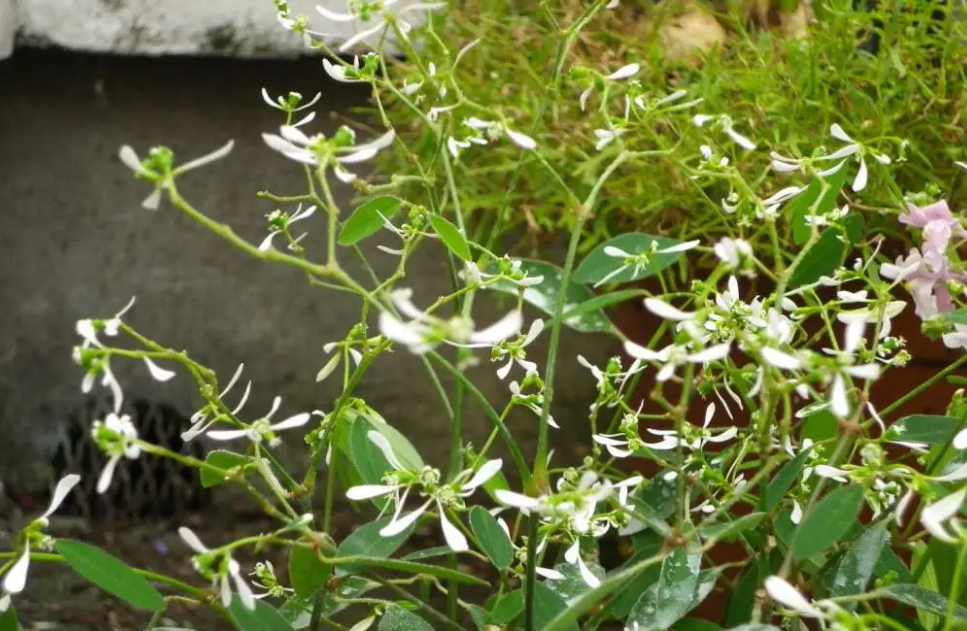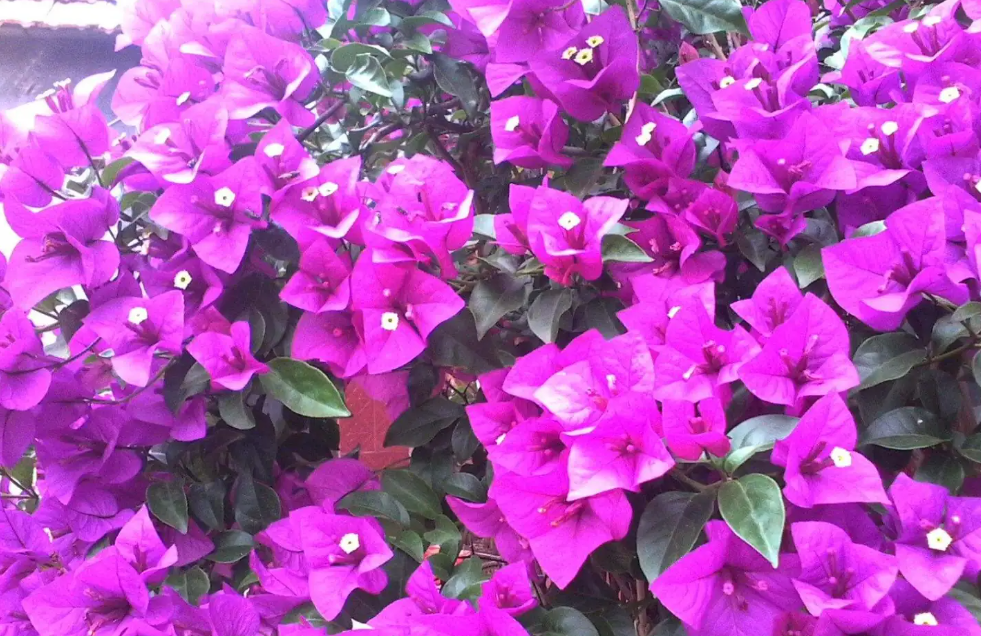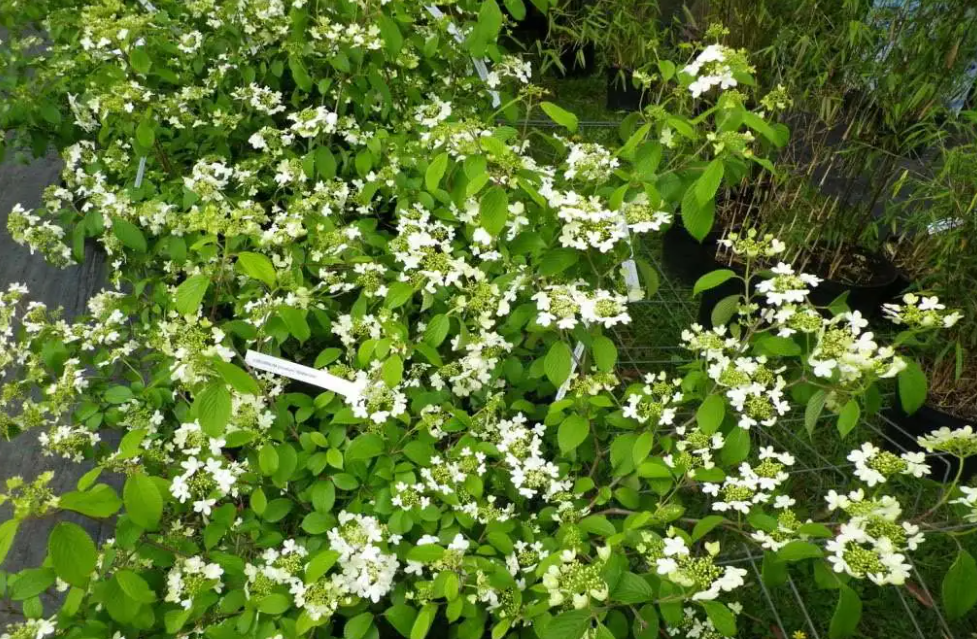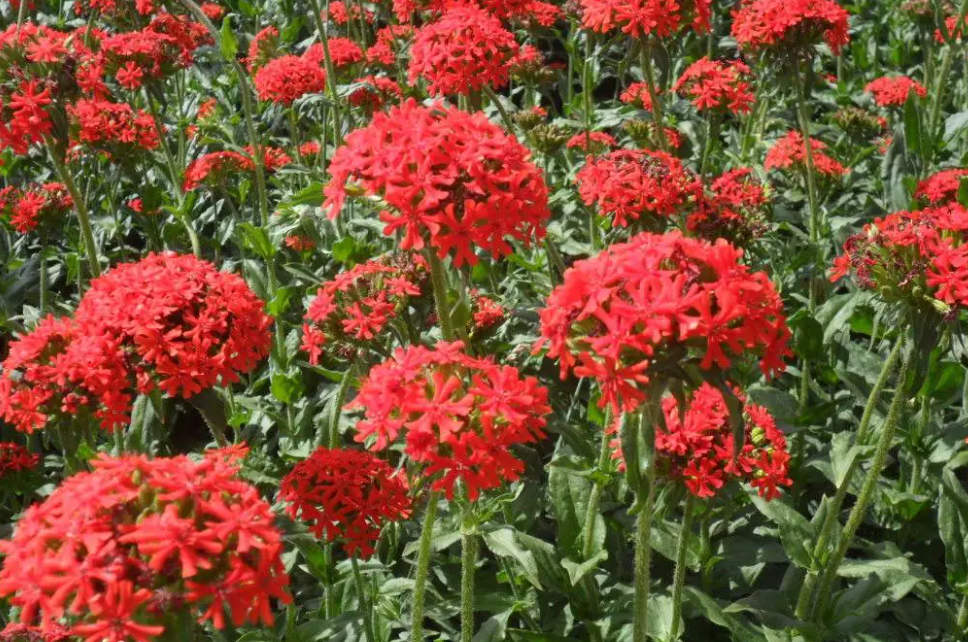Perennial plants refer to plants with an individual lifespan of more than two years. Woody plants are all perennial plants. If the above-ground part is perennial, they are all trees and shrubs. If the above-ground part is annual, they are semi-shrubs. Most perennial plants bloom and bear fruit many times in their lifetime, but there are also some that only bloom and bear fruit once in their lifetime. Perennial plants have various forms depending on the climate. The roots of perennial plants are generally relatively thick, and some also have tubers, rhizomes, corms, bulbs and other organs. In winter, the above-ground parts are still sleeping quietly. When the climate warms up in the second year, they sprout and grow in areas with mild climates. Plants grow all year round without losing their leaves, and are called evergreen plants. In areas with obvious seasonal changes, perennial plants are more obvious. Plants grow and bloom in warm seasons. In winter, the leaves of woody plants will turn yellow and fall off, and they are called deciduous plants. Herbaceous plants only retain underground stems or roots and enter a dormant state, which is called perennial grass. In addition, climate change in some areas is divided into dry and wet seasons, and local plants have different life cycles. There is no clear dividing line between annual and perennial plants. For example, sweet potatoes and wormwood are annual herbs in Japan, but they are perennial plants in tropical regions.
Introduction

Perennials (8 photos) Both annuals and biennials are “temporary” plants. They appear late, but never grow in the same place for long because they have to compete with other “permanent” plants. These “permanent” plants are called perennials. They include those plants whose branches and leaves die every year, but new shoots sprout from the roots the next year, such as all the shrubs and trees in the world. Compared with annuals and biennials, perennials fight a protracted war. They grow slowly and take many years to grow into adult plants. However, once they grow up, they shade those fast-growing plants. Unlike their smaller competitors, most perennials bloom every year.
Features

The growth characteristic of perennials is that they can grow for many years after being planted for one year. All grassland perennials are wild and highly adaptable. The western grasslands have little rain and more wind. In desert areas, perennials are mainly used to prevent wind and fix sand. Perennials grow year after year, with well-developed roots, deep and thick roots, and can absorb moisture from deep soil. They survive tenaciously under the condition of little rain for many years. Some perennial plants can grow in harsh climates and have unique self-protection capabilities. On the branches and leaves of perennial plants, there are thin films and wax layers that seal water, which makes it difficult for water to be lost. Some perennial plants have very small leaves, some are needle-shaped, with a small area exposed to the sun and less water evaporation. Some wild trees have thick water-sealing barks, hard wood, strong drought resistance, and resistance to wind and sand. Some have their rough barks flattened by wind and sand, and some have half their barks removed by wind and sand, but these plants can still survive tenaciously. The poplar trees (sycamore trees) in Alxa League, Inner Mongolia have strong drought resistance and can survive years of drought. Half of their barks are removed by wind and sand, and the other half are covered with green leaves, and they can still survive for decades. Some tree roots have sand blown away by the wind, and the tree body lies obliquely on the ground, and sparse leaves can still grow on the branches. Even if they die for decades, they will not fall down, and they will not rot even if they fall down for thousands of years. At the beginning of the western grazing land restoration project, the poplar forest area was designated as a national protected area. The country spent a huge amount of money, and the Heihe River water diversion project was successful. It has been supplying water to the dry riverbed for several consecutive years, restoring the vitality of 470,000 mu of poplar forests, and the deteriorating ecology has turned to recovery.
Comparison

Annual plants and perennial plantsAnnual plants refer to plants with a life cycle of only one year and need to be replanted every year. More representative annual plants include black grass and cosmos. In contrast, the life cycle of perennial plants can last for several years. More representative perennial plants include dodder and epimedium. Annual plants are mostly brightly colored and bloom quickly. However, perennial plants often have a long flowering interval, so it is necessary to choose perennial plants with more beautiful leaves. Perennial plants can be appreciated every year. Over time, they need a larger growth space. If the plant grows too densely, it is necessary to promote its growth by pruning. Annual plants and perennial plants have different preferences for sunlight. Some are suitable for sunny environments, while others prefer cool environments. This factor should be taken into consideration when planting for the first time. Perennial plants (6 photos) When winter comes, the above-ground parts of perennial plants will begin to wither, and they will sprout again in spring. Bulbous plants are also perennial plants. From the growth of flowers to withering and then sprouting again, this life cycle is full of indescribable mysteries and joys of life. If the growth is too lush, it needs to be pruned to adjust.
Climate influence

Perennial plants have various forms depending on the climate. In areas with mild climates, plants grow all year round without losing their leaves, which are called evergreen plants; in areas with obvious seasonal changes, plants grow and bloom in warm seasons. In winter, the leaves of woody plants will turn yellow and fall off, which are called deciduous plants, and herbaceous plants will only retain underground stems or roots and enter a dormant state, which are called perennial grasses. In addition, climate change in some areas is divided into dry and wet seasons, and local plants have different life cycles. Although some plants have a lifespan of several years, they only bloom and bear fruit once in their lives, and then wither and die. They are called single-flowering plants, such as agave and bamboo.
